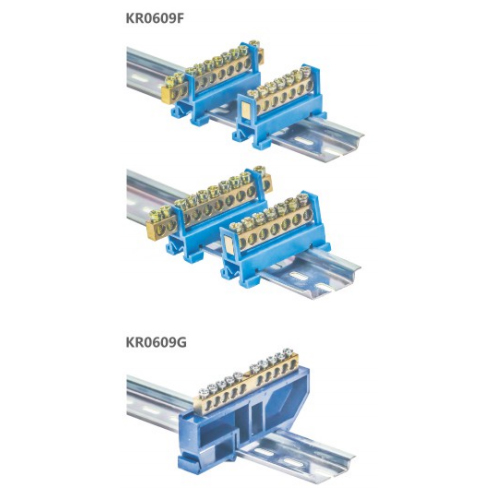What Makes Cable Clamps Essential for Your Wiring Projects?
2024-10-26
Introduction
When planning wiring projects—whether for industrial equipment, electrical cabinets, or home setups—managing cables effectively is crucial. But what role do cable clamps play, and why should you consider them? In this blog, we’ll explore the purpose of cable clamps, the types available, and the benefits they offer for both large-scale installations and everyday electrical tasks.
1. What Is a Cable Clamp and How Does It Work?
A cable clamp is a small, yet vital, component designed to secure and organize wires or cables. These clamps prevent cables from shifting or tangling, protecting them from wear and tear. They also reduce strain on connection points, increasing the longevity of your setup. Cable clamps are used across industries, including telecommunications, automotive, construction, and home improvement.
2. What Are the Different Types of Cable Clamps?
There are a variety of cable clamps, each suited for specific applications:
Plastic Cable Clamps: Lightweight and affordable, these are ideal for home use or light-duty projects.
Metal Cable Clamps: Made from stainless steel or aluminum, they offer superior strength and are used in industrial or outdoor environments.
Adjustable Cable Clamps: These can be resized to fit different cable diameters, providing flexibility.
Saddle-Type Clamps: Often used for mounting cables along walls or ceilings.
P-Clamps (Loop Clamps): A popular choice for automotive wiring, they hold cables securely in circular loops.
3. How Do Cable Clamps Improve Safety?
Improperly managed cables can lead to safety hazards such as electrical shorts, fire risks, and tripping accidents. Cable clamps mitigate these dangers by ensuring that wires are neatly organized and firmly in place, preventing movement or accidental disconnects. In outdoor setups, clamps can also prevent environmental damage caused by wind or vibrations.
4. Where Can Cable Clamps Be Used?
The versatility of cable clamps makes them suitable for numerous applications:
Automobiles: Securing wires and hoses within engine compartments.
Data Centers: Managing bundles of fiber optics and Ethernet cables.
Home Improvements: Organizing power cords for appliances or entertainment systems.
Industrial Plants: Securing large cable trays or bundles in hazardous environments.
5. What Are the Key Benefits of Using Cable Clamps?
Protection: Avoids cable abrasion and extends wire life.
Organization: Keeps projects neat, making future maintenance easier.
Safety: Reduces the chance of accidents caused by loose cables.
Cost-Effective: Prevents damage to expensive wiring systems, saving money over time.
Conclusion: Should You Invest in Cable Clamps?
The answer is a resounding yes! Cable clamps are an affordable, simple solution for improving safety, extending the life of cables, and keeping your wiring projects organized. Whether you are working on a DIY home project or managing a large industrial installation, these small tools can make a big difference.
With various types available, choosing the right cable clamp for your needs ensures that your cables remain secure and functional over time. So next time you tackle a wiring task, don’t forget to include high-quality cable clamps in your toolkit!



